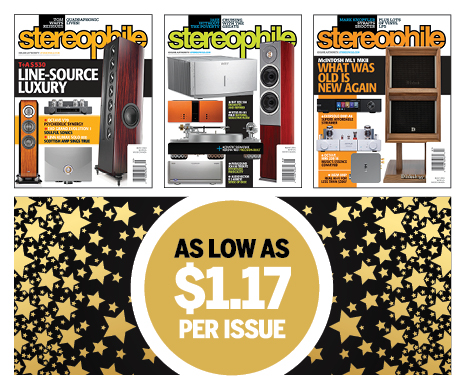|
Oct 17, 2004 |
|
Oct 15, 2004 |
|
Jun 20, 2004 |
|
May 28, 2004 |
First Published: Jun 01, 2004 |
|
May 30, 2004 |
|
May 09, 2004 |
|
May 02, 2004 |
|
Mar 28, 2004 |
|
Feb 08, 2004 |
|
Dec 21, 2003 |
|
Dec 15, 2003 |
|
Nov 28, 2003 |



















